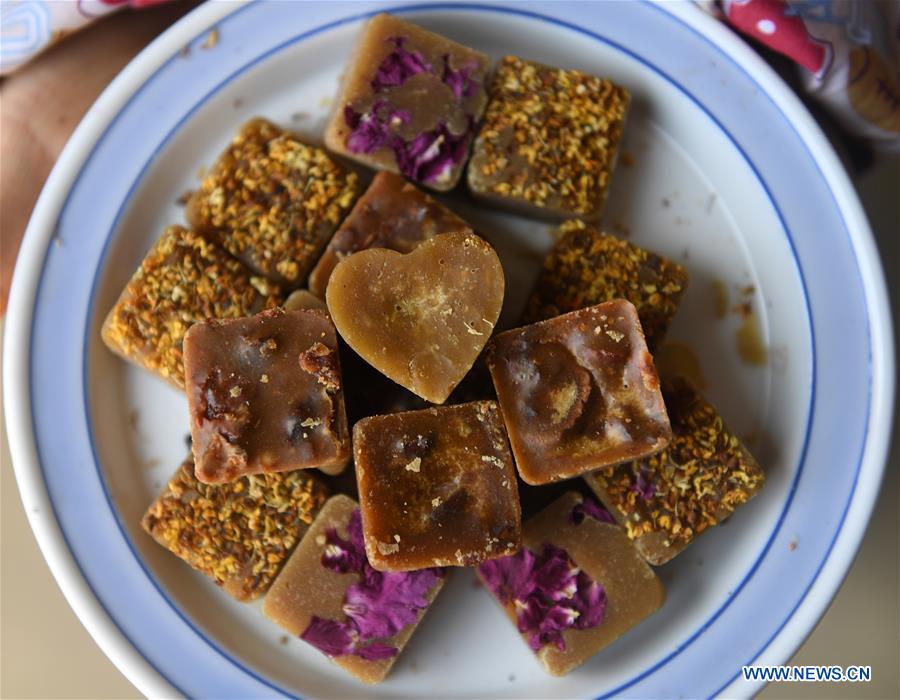
The handmade Fucheng brown sugar, enlisted as an intangible cultural heritage in Nanning, has a history of more than a century.
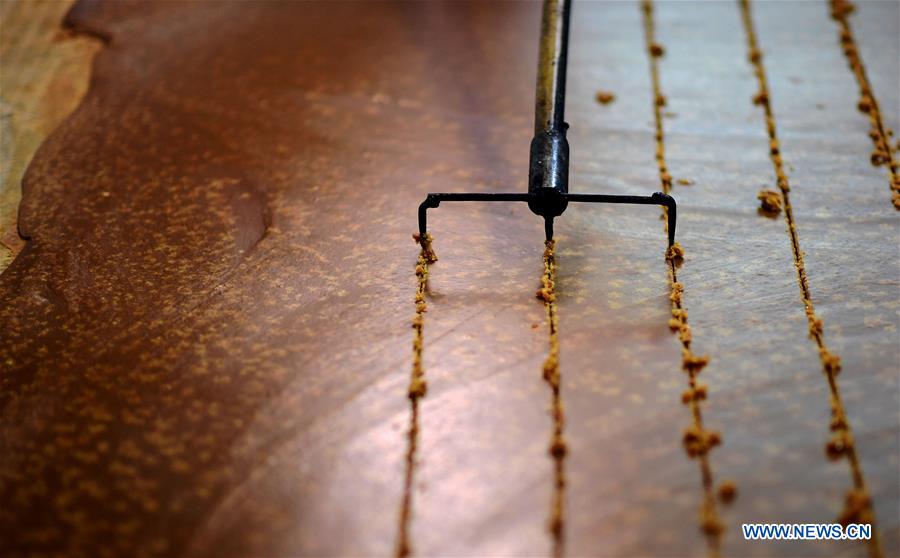
People here use the most ancient method to manually produce brown sugar. Sugar cane juice extracted from sugarcane is heated and constantly stirred in a pot until it becomes syrup.

Chinese people ate 4.5 million tonnes of ice cream in the first ten months of this year, according to organizers of the 2018 China Ice Cream Exhibition.

Photo taken on Nov. 28, 2017 shows a dish displayed at a national cooking contest in Panjin City, northeast China's Liaoning Province.
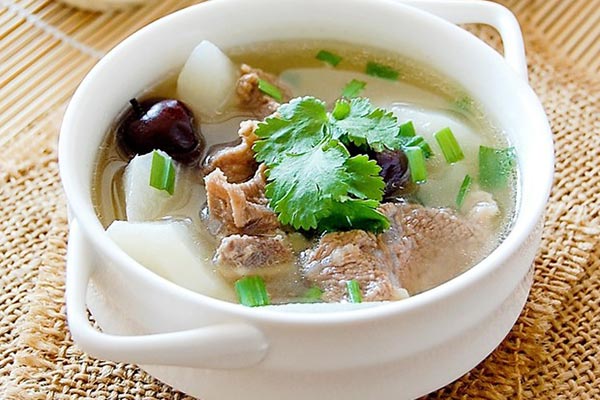
Nothing offers more satisfaction than a bowl of hot soup in a frigid winter day. It can fortify you against the cold as well as whet your appetite.
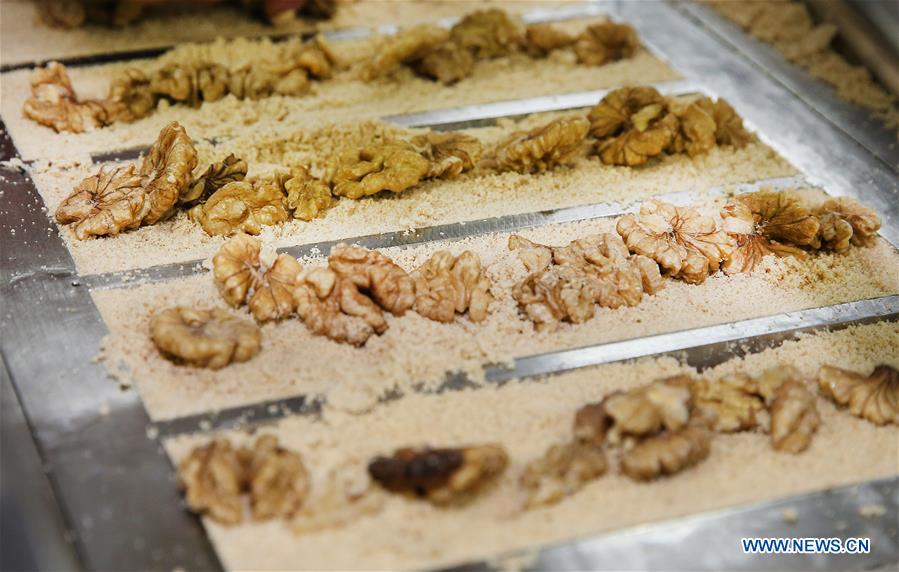
Photo taken on Nov. 8, 2017 shows cookies made of glutinous rice, sugar, sesame and walnut at a factory in Nantong City, east China's Jiangsu Province. The cookies are traditional snacks popular in Nantong.
Goose, an important theme in Chinese poetry, is also an essential part of regional cuisines.

Zhejiang locals cannot live without traditional pastries and dim sum, especially during festival feasts and ceremonial banquets. Bean crunch candy, walnut slices, sesame cake — also known as “starvation cake” — and loquat candy are always among the best-selling products.

The crabbing season for freshwater hairy crabs is a true extravaganza for food lovers. Especially if they are enjoyed in crab feast style — that is, four to eight courses of hairy crab dishes in a row. It sounds like a lot of cholesterol for one night, but many people find it’s worth the splurge.
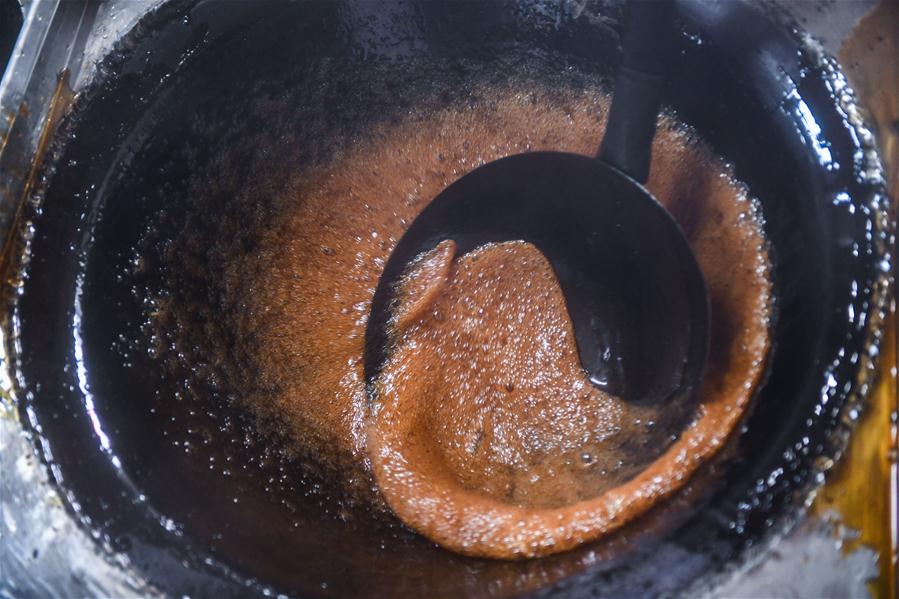
Local villagers in Yiwu produce brown sugar productions from late October to the end of December through their traditional method, which has a history of over 300 years.